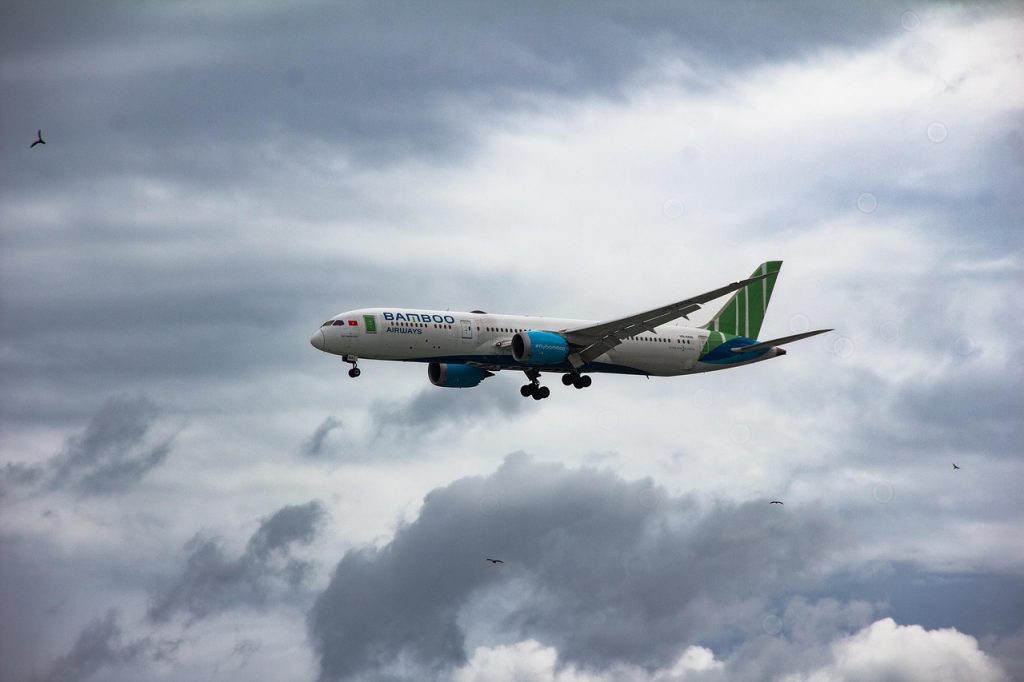The Boeing 787 Dreamliner, which crashed in India on Thursday, represents the flagship of Boeing’s long-distance fleet. With a maximum capacity of 330 passengers, this fuel-efficient, wide-body aircraft is a popular option for international airlines.
More than 80 airlines have ordered more than 2,598 Dreamliners since they were first put into service in October 2011 with Japan’s All Nippon Airways. 889 deliveries are still pending from Boeing, demonstrating the model’s widespread demand.
The 787’s lightweight composite structure, which comprises almost half of the aircraft’s frame, is one of its main selling points. Because of its design, it can use 20% less fuel than older aircraft of the same size. In addition, the Dreamliner avoids the conventional hub-based connections by offering direct, point-to-point travel. Boeing points out that 180 of these direct routes have already been launched by the 787, more than doubling the initial estimate of 80.
Three Dreamliner Variants and Recent Crash in India
Boeing has developed 3 versions of the 787 Dreamliner:
- 787-8: Carries up to 248 passengers, range up to 13,530 km
- 787-9: Carries up to 296 passengers, range up to 14,010 km
- 787-10: Carries up to 330 passengers, range up to 11,910 km
The 787-8 aircraft, which carried 242 passengers and crew, was involved in the crash in Ahmedabad, India. Tragically, it had just taken off on its way to London when it crashed. Boeing acknowledged that it knew about the incident and is working to learn more. Since the Dreamliner’s debut, this is the first fatal crash involving one.
Production and Market Challenges
Delivery suspensions have resulted from the Dreamliner program’s numerous production delays and quality problems, particularly between 2021 and 2023. The Federal Aviation Administration (FAA) strengthened inspection procedures throughout Boeing’s production lines as a result of these setbacks.
In April, the FAA permitted Boeing to increase production from five to seven jets per month in spite of these obstacles. International sales are still unclear, though, as Boeing failed to deliver any aircraft to China in May despite obtaining regulatory approval. Chinese airlines were momentarily prevented from doing business with the company due to a recent trade dispute between the United States and China.
